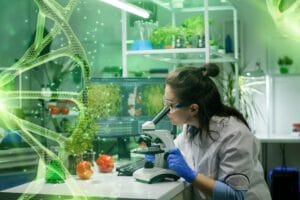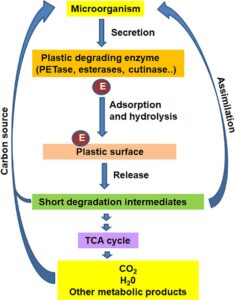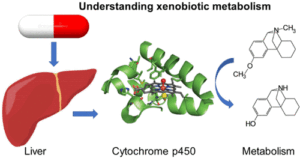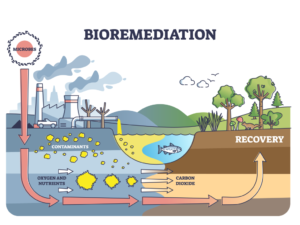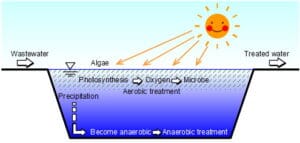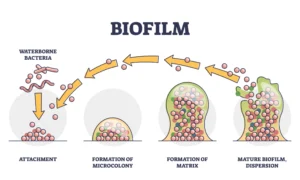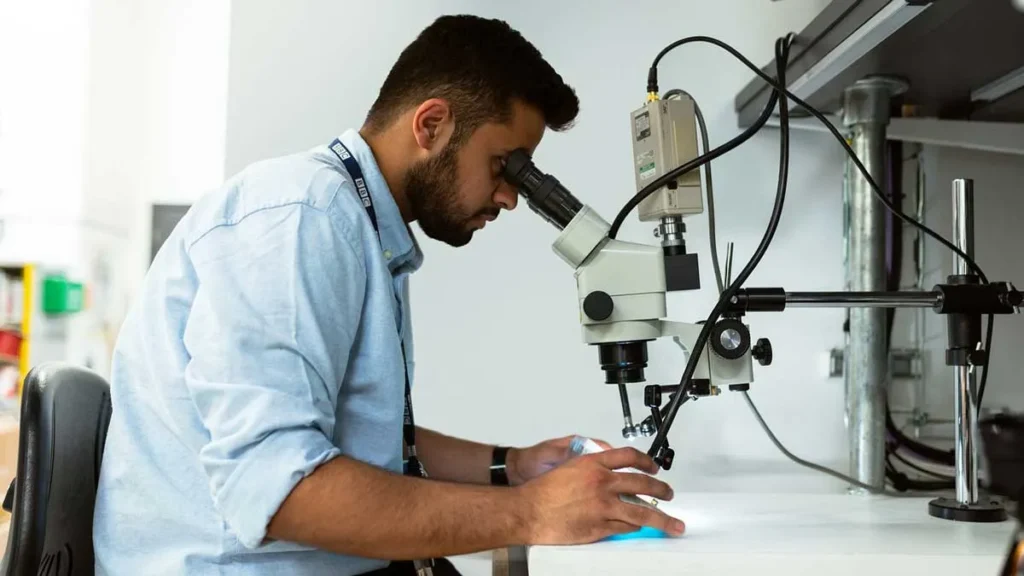- Water Pollution:
- Untreated or inadequately treated wastewater can contaminate rivers, lakes, and oceans.
- Pollutants such as heavy metals, chemicals, and pathogens harm aquatic ecosystems.
- Eutrophication:
- Excessive nutrients (e.g., nitrogen and phosphorus) from wastewater lead to algal blooms.
- Decomposition of algae depletes oxygen levels in water, killing aquatic organisms.
- Health Hazards:
- Wastewater contains pathogens (bacteria, viruses, parasites) that can cause diseases like cholera, typhoid, and dysentery.
- Contaminated water impacts human health, particularly in developing regions with limited access to clean water.
- Soil Contamination:
- Disposal of untreated wastewater on land can degrade soil quality.
- Toxic chemicals and salts reduce soil fertility and harm plant life.
- Groundwater Contamination:
- Leaching of pollutants from wastewater affects groundwater quality.
- Contaminated groundwater can pose long-term risks to drinking water sources.
- Air Pollution:
- Decomposing organic matter in wastewater releases gases like methane (CH₄) and hydrogen sulfide (H₂S).
- These gases contribute to climate change and cause foul odors.
- Biodiversity Loss:
- Toxic substances in wastewater harm aquatic flora and fauna.
- Pollutants disrupt ecosystems and reduce biodiversity in affected areas.

Treatment of Wastewater:
Wastewater treatment involves physical, chemical, and biological processes to remove contaminants and ensure safe discharge or reuse.
Stages of Wastewater Treatment:
- Preliminary Treatment:
- Purpose: Removes large debris and grit to prevent damage to equipment.
- Processes:
- Screening: Removes large solids (e.g., plastics, rags).
- Grit Removal: Eliminates sand, gravel, and small particles.
- Primary Treatment:
- Purpose: Separates suspended solids and organic matter.
- Processes:
- Sedimentation: Solids settle at the bottom to form sludge.
- Skimming: Removes oil, grease, and floating materials.
- Secondary Treatment:
- Purpose: Breaks down organic matter using biological processes.
- Processes:
- Activated Sludge Process: Uses aeration tanks with microorganisms to degrade organic pollutants.
- Trickling Filters: Wastewater passes over a bed of microorganisms attached to a medium.
- Lagoons: Large, shallow basins facilitate biological treatment.
- Tertiary Treatment:
- Purpose: Removes remaining pollutants, including nutrients and pathogens.
- Processes:
- Filtration: Removes fine particles.
- Chemical Treatment: Adds chlorine, ozone, or UV light for disinfection.
- Nutrient Removal: Removes nitrogen and phosphorus to prevent eutrophication.
- Sludge Treatment:
- Purpose: Treats the sludge generated during primary and secondary treatment.
- Processes:
- Anaerobic Digestion: Decomposes organic matter in the absence of oxygen, producing biogas.
- Dewatering: Removes excess water from sludge for easier handling and disposal.
Advanced Wastewater Treatment Techniques:
- Membrane Technology:
- Includes microfiltration, ultrafiltration, nanofiltration, and reverse osmosis.
- Removes fine particles, salts, and microorganisms.
- Electrochemical Treatment:
- Uses electrodes to remove heavy metals and other contaminants.
- Constructed Wetlands:
- Mimics natural wetlands to treat wastewater through filtration and biological activity.
- Phytoremediation:
- Utilizes plants to absorb and degrade pollutants in wastewater.
Benefits of Wastewater Treatment:
- Protects public health by preventing waterborne diseases.
- Conserves water by enabling the reuse of treated wastewater.
- Reduces environmental pollution and preserves aquatic ecosystems.
- Supports sustainable agriculture through the use of treated wastewater for irrigation.
- Mitigates climate change by reducing methane emissions from untreated wastewater.
Efficient wastewater management is crucial for sustainable development and environmental protection.

